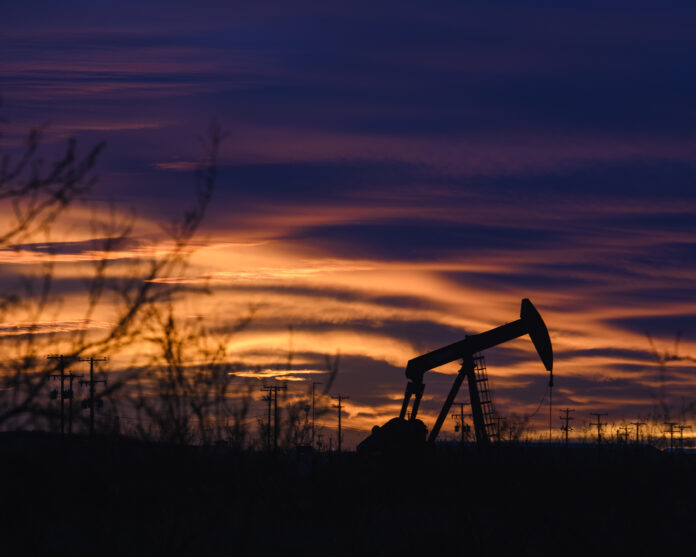
The Permian Basin has survived and prospered as a worldwide energy hub and it will keep doing so as it sets production records and cuts greenhouse gas emissions.
That’s according to the Texas Independent Producers & Royalty Owners Association, which just published a treatise on the Basin’s historic and future importance.
“Oil and gas naysayers have been quick to predict the end of the energy industry, but the reality is that the future of oil and gas is far from bleak,” wrote TIPRO President Ed Longanecker.
Longanecker said from Austin that the Basin exemplifies the industry’s history of constant transformation, evolution and innovation.
“Through this lens, the Permian Basin serves as the perfect backdrop for the next era of oil and gas production,” he said. “The current and projected production of oil and gas in the Basin would have been considered unimaginable just a decade ago, but the region has enormous potential even after years of shattering previous production records.”
The U.S. Energy Information Administration predicts that crude oil production here will jump by 470,000 barrels per day to average 5.7 million b/pd this year.
“The completion of new natural gas pipelines will allow producers to transport more of the associated natural gas that’s produced along with crude oil to market, removing a potential constraint on crude oil production,” the EIA said recently. “Producers currently flare some of the natural gas they produce.
“We forecast that crude oil production in the Gulf of Mexico will increase by 120,000 b/pd in 2023 while production in other regions of the United States, except for the Permian, declines slightly.”
The EIA said from Washington that Basin production will increase by 350,000 b/pd next year while production in the GOM declines a little.
It said the output in other American oil regions will rise by 70,000 b/pd next year while benchmark West Texas Intermediate crude oil averages $77 per barrel this year and $72 in 2024 with the break-even price being $50-$54.
Longanecker said the Basin “is entering its next act, characterized by producers’ unwavering efforts to minimize their environmental footprint.
“From 2011-21 methane intensity in the region fell by over 76 percent while flaring intensity decreased by more than 34 percent from 2020-21.”
Longanecker said the State of Texas cut its flaring intensity by 60 percent in the same period.
He said the Apache Corp. eliminated routine flaring in its onshore U.S. operations in 2021.
“In January ExxonMobil announced that it would be halting all routine gas flaring in the Permian and begin launching satellites to track greenhouse gas emissions in the region,” Longanecker said.
“Chevron is minimizing routine flaring in 2023 and will eliminate it entirely by 2030 while Pioneer Natural Resources has committed to ending routine flaring by 2025, five years ahead of their previous 2030 target.”
Longanecker said Occidental Petroleum’s goals are to achieve net-zero emissions in its operations and energy use before 2040 and eliminate routine flaring by 2030.
EOG Resources aims to achieve zero routine flaring by 2025, he said.
“To meet these impressive goals, industry leaders like ExxonMobil and Diamondback Energy have made substantial operational investments to reduce their emissions footprint,” he said.
“For example, Exxon established the Center for Operations and Methane Emissions Tracking, a facility that monitors sensors across their operations in the Permian Basin 24/7,” he said.
“Diamondback Energy invested $20 million in Verde Clean Fuels, a renewable energy company specializing in capturing and transforming wasted natural gas from flaring into gasoline.
“Collaboration will also play a crucial role in setting new industry standards and advancing emissions reductions in Texas and the Permian Basin.”
Longanecker said the Texas Methane and Flaring Coalition “has brought together operators committed to developing natural resources while improving environmental performance.
“The Oil and Gas Methane Partnership 2.0 and Project Astra involve leading operators, environmental organizations and academic institutions that aim to develop innovative technologies and methodologies for reducing methane emissions.”



